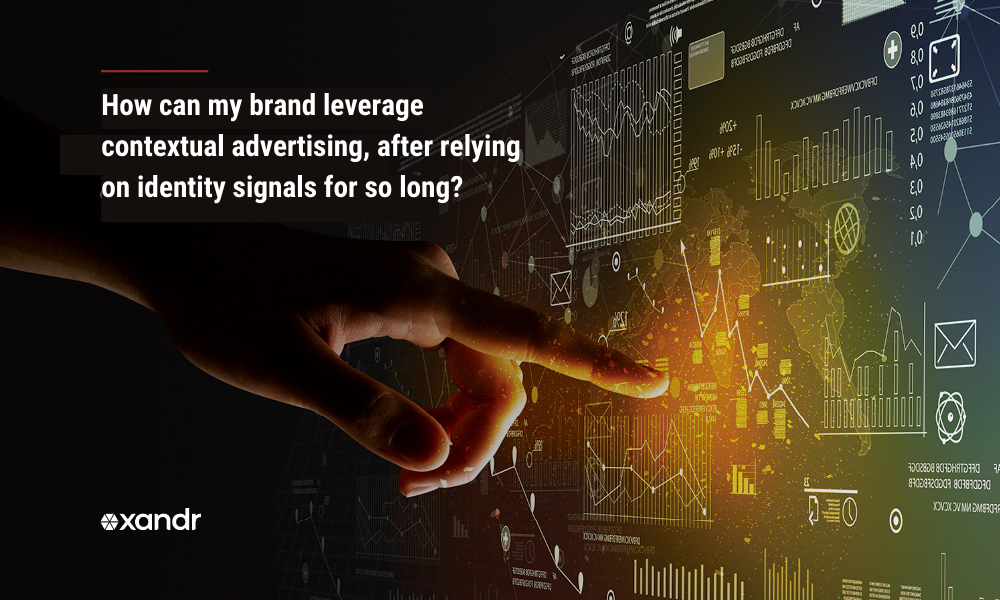The NDA Predictions Hub, in association with Xandr, is dedicated to insight and inspiration from some of our industry’s leading figures to help you make sense of how digital marketing and media will develop in 2022.
The predictions of our experts may leave readers wondering exactly how they can shape their own marketing strategies to fit the trends identified. So as part our Predictions Hub, Xandr’s own experts will be stepping in to help with the answers.
For a long time, third‑party cookies and device identifiers have been the foundation of people‑based marketing, enabling granular targeting and precise measurement on cross‑site, cross‑channel advertising campaigns.
While cross‐site identifiers are effective for marketers looking to justify ad spend, they are often less appealing to consumers who are concerned about exposure of their personal data on the internet. With this in mind, regulatory and browser policy changes, including the deprecation of third‐party cookies and device identifiers, are happening for the benefit of the consumer, to give them more control over how and with whom their information is shared.
As a result, marketers need to adjust buying strategies to ensure their programmatic advertising investments remain effective and efficient, reaching customers across
screens in a non‐intrusive and privacy‐safe way.
Contextual targeting is a form of advertising that serves ads based on the surrounding content that the user is consuming at the time of the ad delivery. This technique has existed for more than a decade but has seen a resurgence due to the tightening data and privacy regulations.
Contextual advertising can include but is not limited to text, image, audio, location and semantics of content, rather than a user’s behavioural data. Contextual technology has evolved considerably in recent times. Today, many contextual solutions are a blend of approaches wherein contextual signals, such as content category, keywords and sentiments are supplemented with publishers’ authenticated user data to extrapolate insights and infer interest or purchase intent.
Technology advancements such as artificial intelligence and machine learning has made contextual more advanced and automated. The targeting mechanism now goes beyond keywords and can actually understand the full context and sentiment of a page including topics, concepts and even emotions. Another advantage in the pending cookieless world, is that most contextual solutions do not require consent because they do not rely on trackersor personal data.
If executed correctly, contextual intelligence can be as effective and scalable as
behavioural targeting in capturing the right audience and the right emotion. For the user,
contextual ads feel less personalised and targeted as the ads they see are relevant to
the content they are viewing currently rather than what they have viewed in the past.
However, it should be noted that many of the advanced capabilities achieved through advertising today, such as frequency capping, cross-device targeting, conversion tracking and retargeting, are
not possible through contextual alone.










